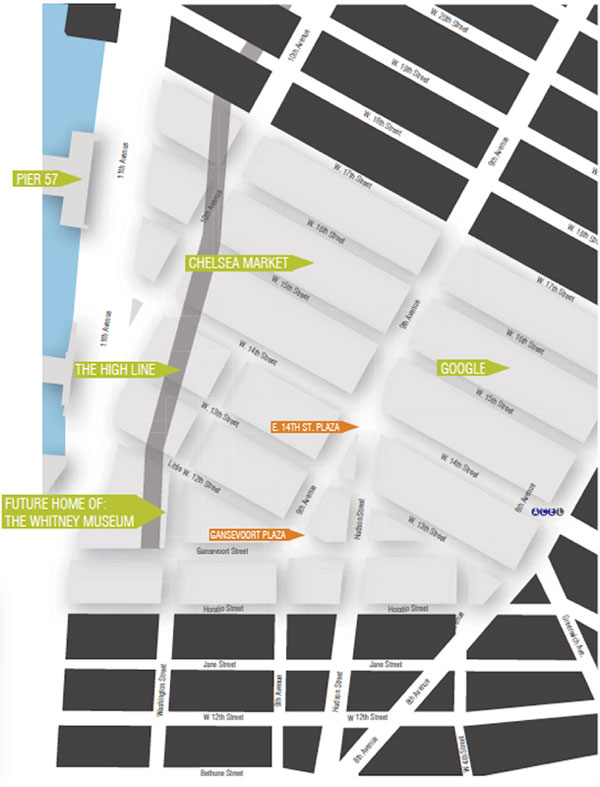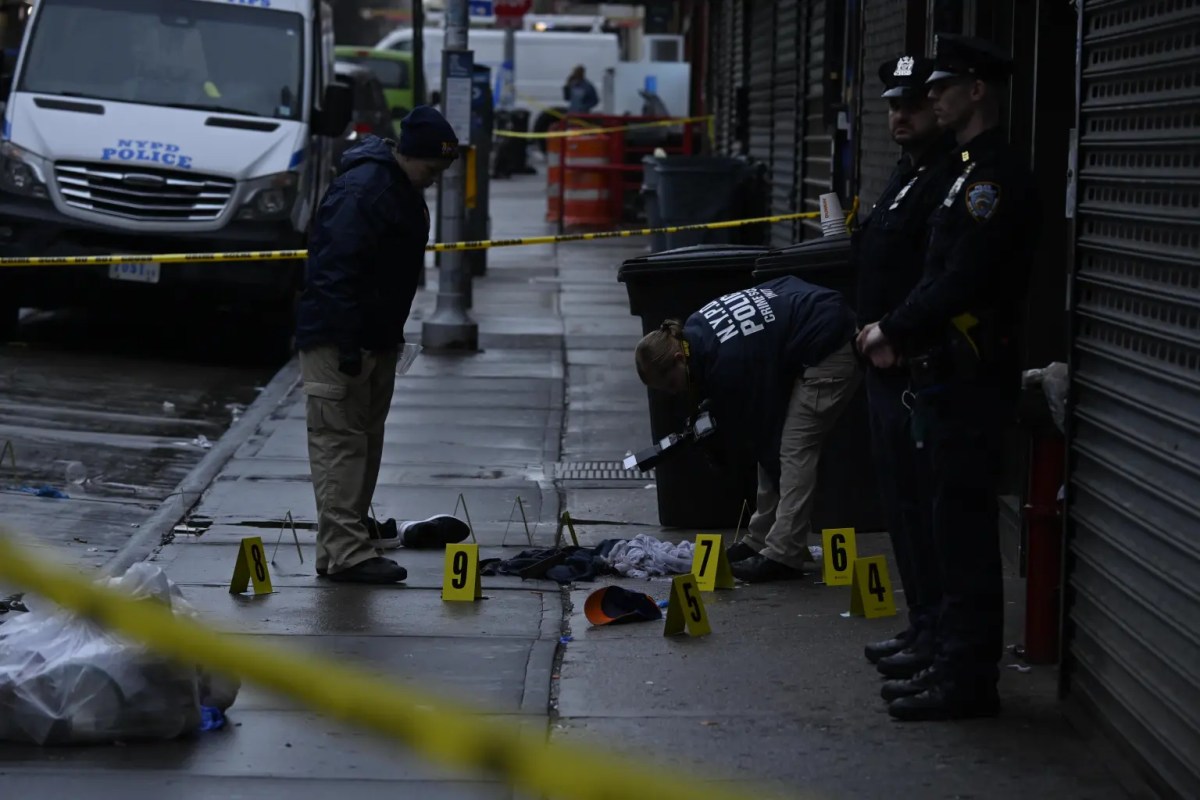
BY LINCOLN ANDERSON | An effort to form a business improvement district (BID) in the Meatpacking District failed to gather sufficient support from local property owners a few years ago. It was said, at that time, that it was too early for a BID for the burgeoning new entertainment zone, but that another try would be made later.
That time has come, as a new push is on to form a BID including the Meatpacking District, plus a few blocks of southern Chelsea.
In recent years, the Meatpacking District Improvement Association (MPIA) has done a few of the things a BID would do, but it isn’t funded by a special tax assessment on property owners like a city-approved BID.
According to a statement on MPIA’s website, “various stakeholders” in the proposed district are behind the initiative.
The proposed boundaries are Horatio Street, Eighth Avenue, 17th Street and the West Side Highway/11th Avenue. Notable presences in the district include Google, Chelsea Market, the High Line and, slated to open in 2015, the Whitney Museum.
“Already a high-profile commercial, entertainment and retail corridor, the Meatpacking District is a world-class destination,” says the statement on MPIA’s site. “In coming years, the addition of a number of new commercial developments will result in increased levels of visitation and traffic. With such growth will come increased and evolving needs for area services. To respond to those needs, the neighborhood will require an organization with the district’s quality of life as its primary focus, and with the resources to be proactive in addressing the needs of the community.”
Currently, the Chelsea part of the proposed district is served by the Chelsea Improvement Company. The BID would establish “a unified district under a single identity and mission,” the statement says.
BIDs supplement city services by typically providing sanitation, maintenance, landscaping, public safety, marketing, capital improvements, programming for public spaces and community-based events.
The BID, the statement adds, would host an annual meeting at which constituents would have “a place to voice concerns, celebrate successes, provide input and vote on leadership of the BID. Leadership of the BID would include representation from the residential and business communities, along with community boards and the city… A BID would leverage the collective weight of property owners, merchants, residents and local elected officials to advocate for public funds for area-specific capital improvements.”
However, at the December 19 Community Board 2 (CB2) meeting, Elaine Young, a member who lives south of the Meat Market, expressed concern that residents’ voices would not be sufficiently accounted for.
“There’s not a single local resident on this BID,” she said. “The southern boundary leaves out a huge swath of residents. We will be affected by this BID’s decisions. We do deserve a seat at the table.”
Young offered a resolution calling for four residents from an expanded district to be appointed to the BID’s board, with two from CB2 and two from CB4. But David Gruber, CB2 chairperson, opposed that sort of geographic specification. Gruber and CB4 chairperson Christine Berthet are on the BID’s steering committee.
“It’s challenging for them, because they can’t tax residential areas,” Gruber noted of BID rules. “This is going to be a very important BID for us,” he predicted of the BID’s neighborhood role.
The board approved Young’s resolution.

















